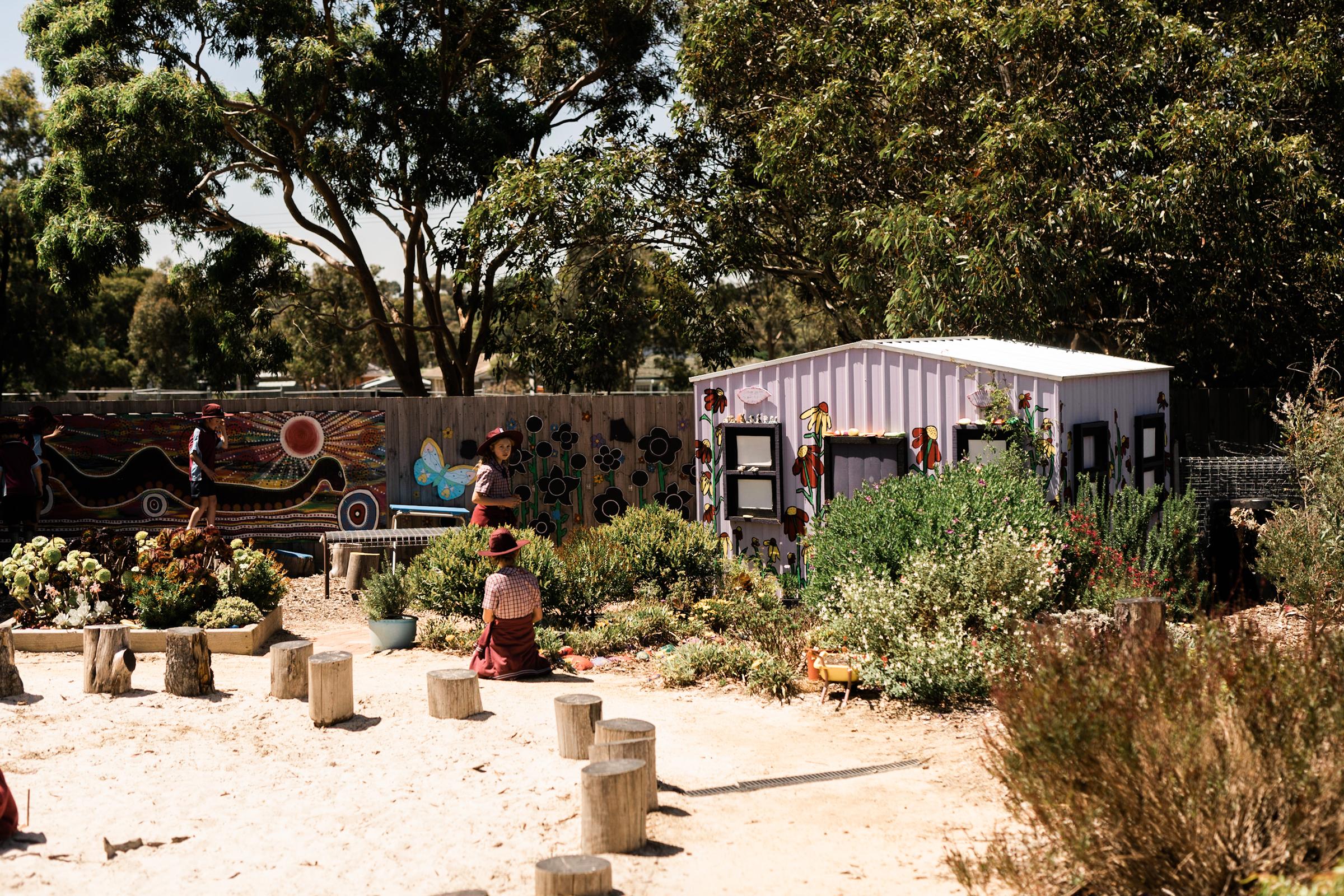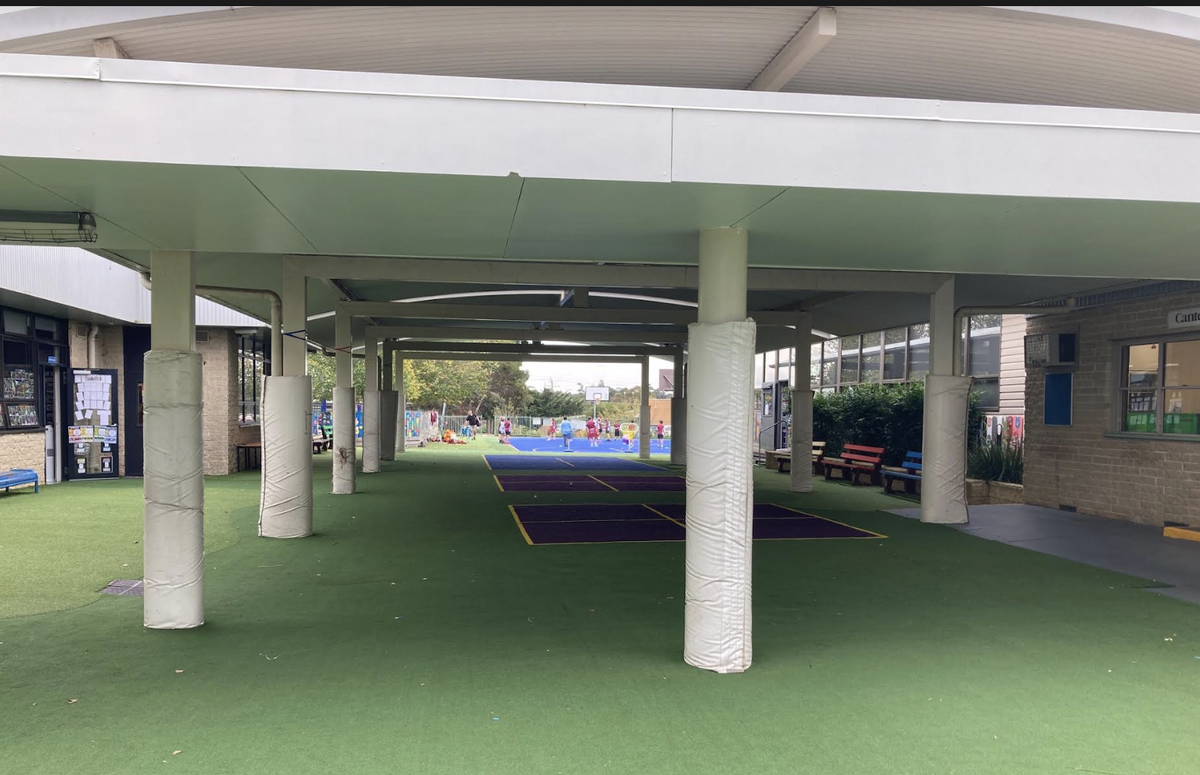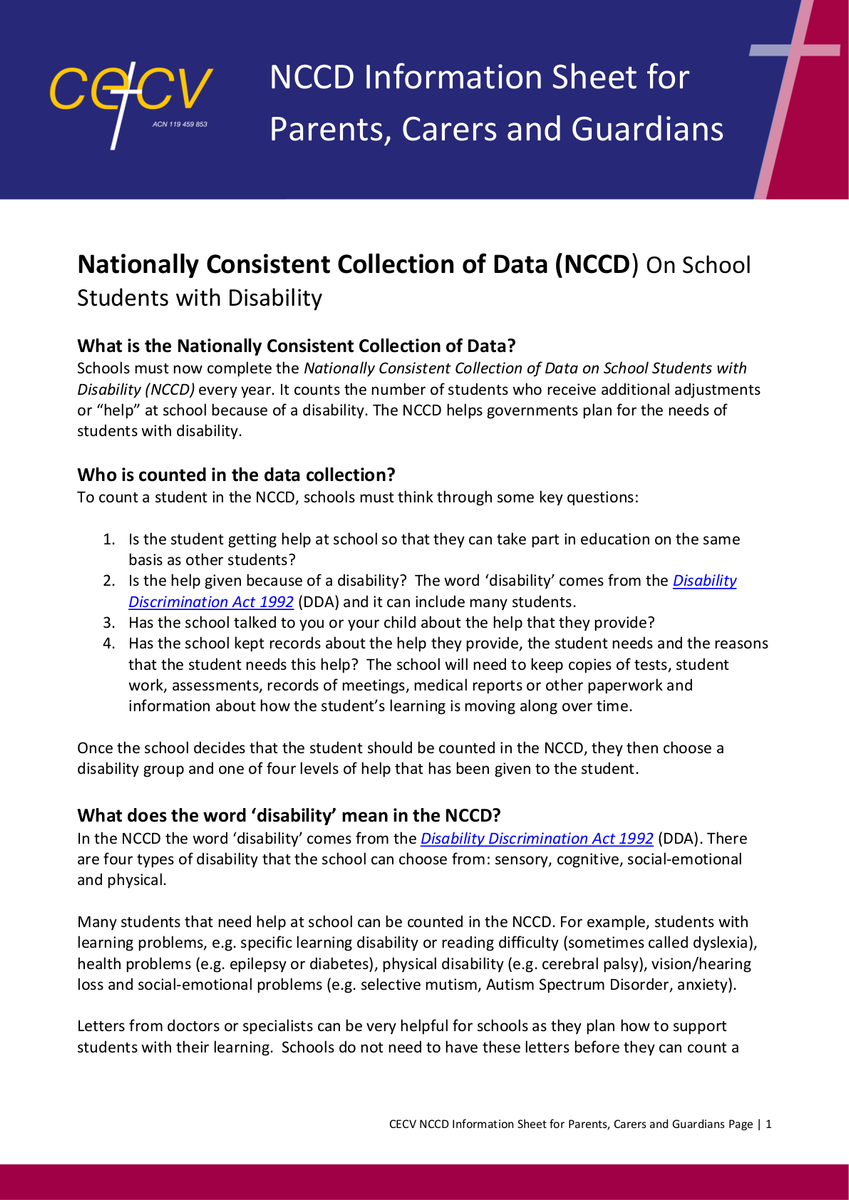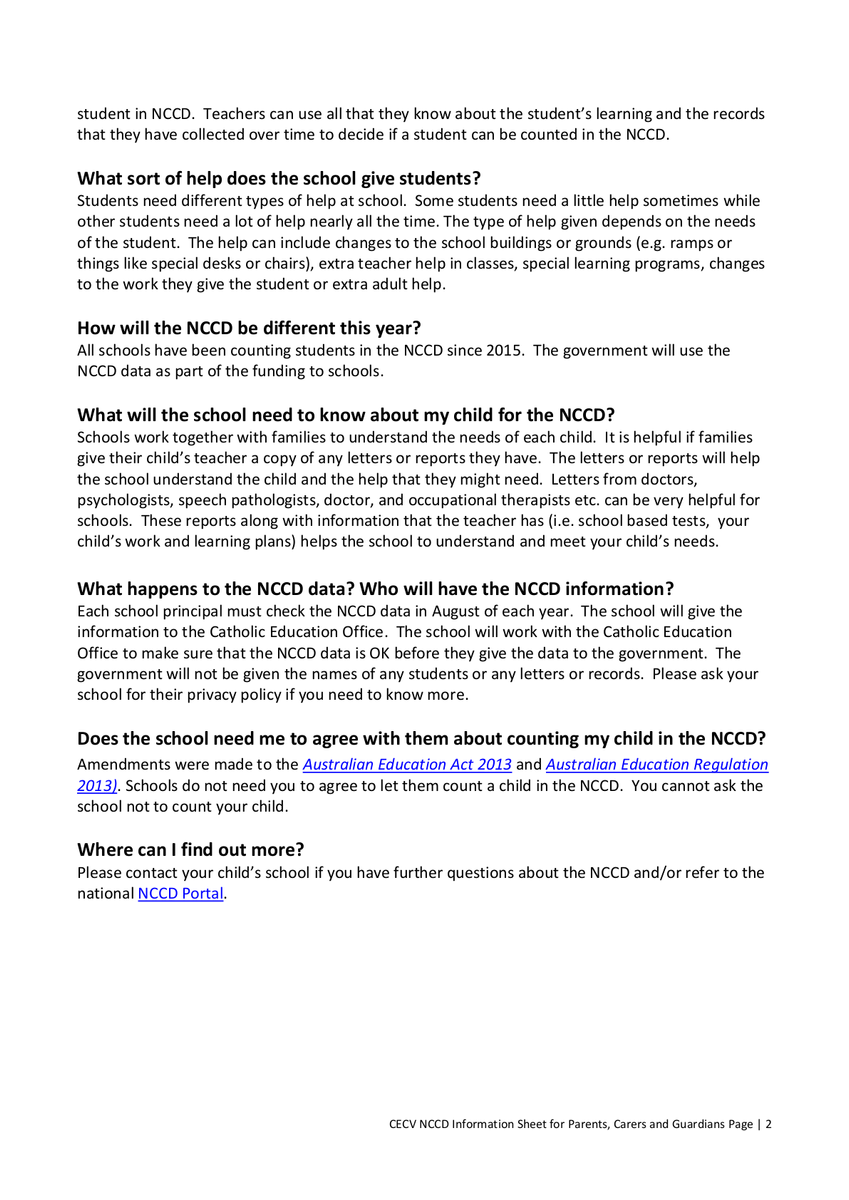Wellbeing News

Welcome back to Term 2. I hope everyone had a restful holiday.
PLAY AREA
This term the Wellbeing Team will be focusing on respectful behaviour in the playground. We will begin by revamping the undercover area. As of week 2, this will become a Passive Play area during recess and lunch. Children will need to walk in the undercover area where toys and games will be set up. Activities will include cars, trains, blocks, colouring, imaginative play, playdough - just to name a few.
Lessons will also be focussed on the different play areas of the school. Each class will identify appropriate games to be played in each area and discuss the expected behaviour and language to be used.
Our PBL team will also support the learning of students by creating videos outlining expected behaviours. We hope to share these video’s with you via Seesaw also.
We look forward to hearing feedback from both students and parents.
BEHAVIOUR MAP
This term we will be reviewing our behaviour map. The aim of the Behaviour Map is to let all members of our school community know what is expected behaviours and what is not expected behaviour. The Map will highlight both positive and negative consequences for various behaviours and the actions that can be taken. We will review the map with staff, students and parents and appreciate your support and feedback.
NATIONAL CONSISTENT COLLECTION OF DATA - NCCD
As mandated by the MACS, we will begin our review of NCCD. It counts the number of students who receive additional adjustments or “help” at school because of a disability. The NCCD helps governments plan for the needs of students with disability.
Many students that need help at school can be counted in the NCCD. For example, students with learning problems, e.g. specific learning disability or reading difficulty (sometimes called dyslexia), health problems (e.g. epilepsy or diabetes), physical disability (e.g. cerebral palsy), vision/hearing loss and social-emotional problems (e.g. selective mutism, Autism Spectrum Disorder, anxiety).
See below for more information.
TEACHING YOUR CHILD TO BE A GREAT LISTENER
As with much of what our children learn, we, as role models, have a great responsibility. This too can be said of teaching our children to be great listeners. Teaching our children to be great listeners does mean we may need to do a check on ourselves - does your attention wander when your show comes back on TV when your child is speaking, do you pick up the phone while your child is speaking? Allowing time for listening, asking questions that elicit self reflection and more that yes/no answers are keys to developing good listening skills and in turn good conversation skills and problem solving. Attached is a simple guide for parents to help encourage us to be a great listener for our children.




